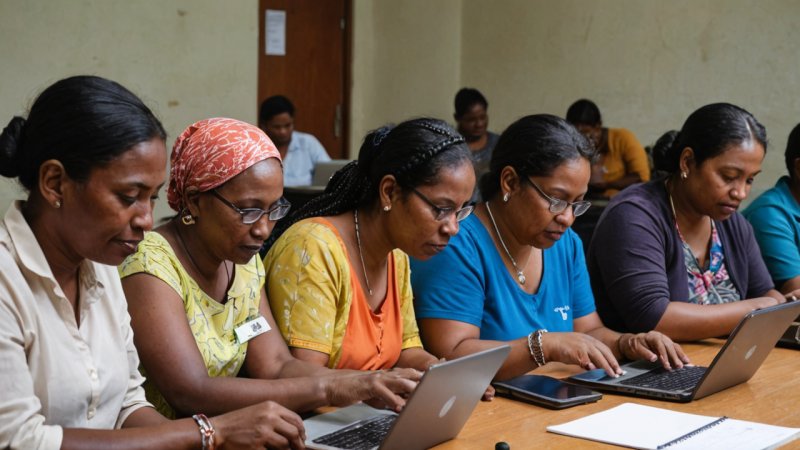Introduction
In today's digital age, technology plays a pivotal role in driving community development initiatives. This article will guide you through the process of leveraging technology to create impactful community projects. You will learn how to identify needs, choose the right tools, engage the community, and measure the outcomes of your efforts.
Step 1: Identify Community Needs
Understanding the specific needs of your community is crucial. Here’s how to get started:
- Conduct Surveys: Use online survey tools like Google Forms or SurveyMonkey to gather input from community members.
- Host Focus Groups: Organize discussions to dive deeper into the challenges faced by the community.
- Analyze Existing Data: Look at reports and statistics from local organizations to identify key areas for development.
Step 2: Choose the Right Technology
Once you have a clear understanding of the needs, it’s time to select appropriate technology solutions. Follow these steps:
- Research Available Tools: Explore platforms that can help address your community’s specific needs, such as educational apps, health monitoring systems, or crowdfunding sites.
- Consider Accessibility: Ensure that the technology you choose is accessible to all community members, including those who may not have high levels of digital literacy.
- Engage with Experts: Collaborate with local tech experts or organizations that specialize in tech for social good.
Step 3: Engage the Community
Community engagement is vital for the success of any initiative. Here’s how to effectively engage:
- Build a Team: Assemble a diverse group of community members and stakeholders to lead the project.
- Promote Awareness: Use social media, community meetings, and local events to spread the word about your initiative.
- Gather Feedback: Continuously seek input from community members to adjust your approach as needed.
Step 4: Implement the Initiative
With planning and engagement in place, it's time to implement your technology-driven initiative:
- Start Small: Launch a pilot program to test your approach and gather insights.
- Monitor Progress: Use analytics tools to track participation and engagement levels.
- Adapt as Necessary: Be willing to pivot your strategy based on feedback and results.
Step 5: Measure Outcomes
Evaluating the impact of your initiative is essential for future success:
- Set Clear Metrics: Determine what success looks like and how you will measure it (e.g., increased literacy rates, improved health outcomes).
- Collect Data: Use surveys, interviews, and analytics to gather data on the initiative's effectiveness.
- Share Results: Report back to the community on the outcomes, celebrating successes and identifying areas for improvement.
Conclusion
By following these steps, you can effectively leverage technology for community development initiatives. Start by identifying the needs of your community, choose the right tools, engage effectively, implement thoughtfully, and measure your outcomes. Remember, the journey of community development is continuous, and your efforts can lead to significant positive change.






